We are what we eat – and the same is true for wildlife. November is
month to get out and identify the species that have been enjoying the nuts and berries that adorn hedgerows and woodland trees.
Some are easy to identify, and nuts chewed by common dormice are a valuable source of records. All you have to do is search through the leaf litter under mature hazel bushes (those found in woodlands are often best, as bushes that grow in hedgerows are often so heavily cut that they don’t produce many nuts).
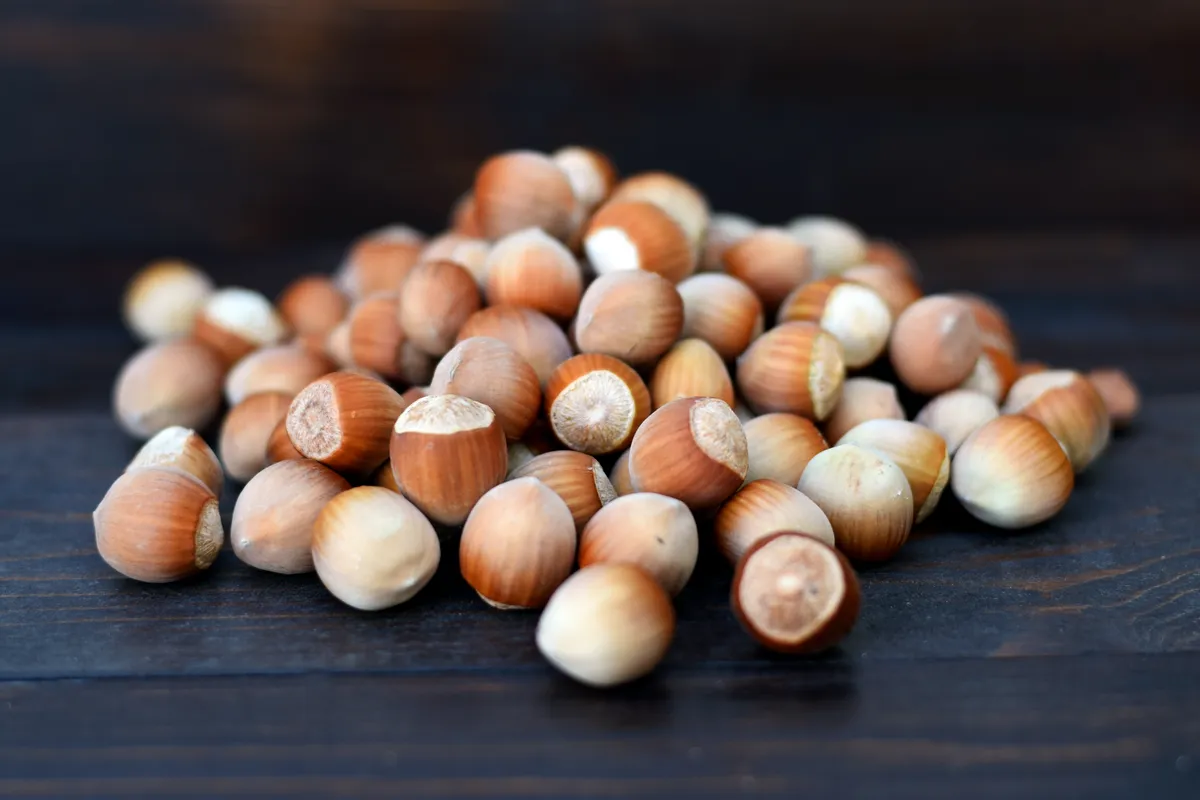
The holes nibbled in the nuts are almost works of art – not surprising when you consider that it can take a dormouse 20 minutes to gnaw its way into a ripe hazelnut. If you think you have found a nut eaten by a dormouse, send it to The Mammal Society to confirm your identification and record your findings.
FEEDING SIGNS TO LOOK FOR
1
HAZELNUTS
The species that eat hazelnuts leave diagnostic signs.
- Squirrels tend to split the nuts neatly in half.
- Common dormice leave a smooth, round hole in the side of the nut, with tooth marks running around the inside of the hole.
- Wood mice leave tooth marks on the surface of the nut and across the edge of the hole. The hole may be either circular or ragged in shape.
- Bank voles create a round hole with tooth marks across the edge, but not on the surface of the nut.
- Great spotted woodpeckers break nuts into pieces or leave large, irregular holes.
- Woodpeckers and nuthatches also jam hazelnuts into crevices in tree bark, so they can hammer them more easily.
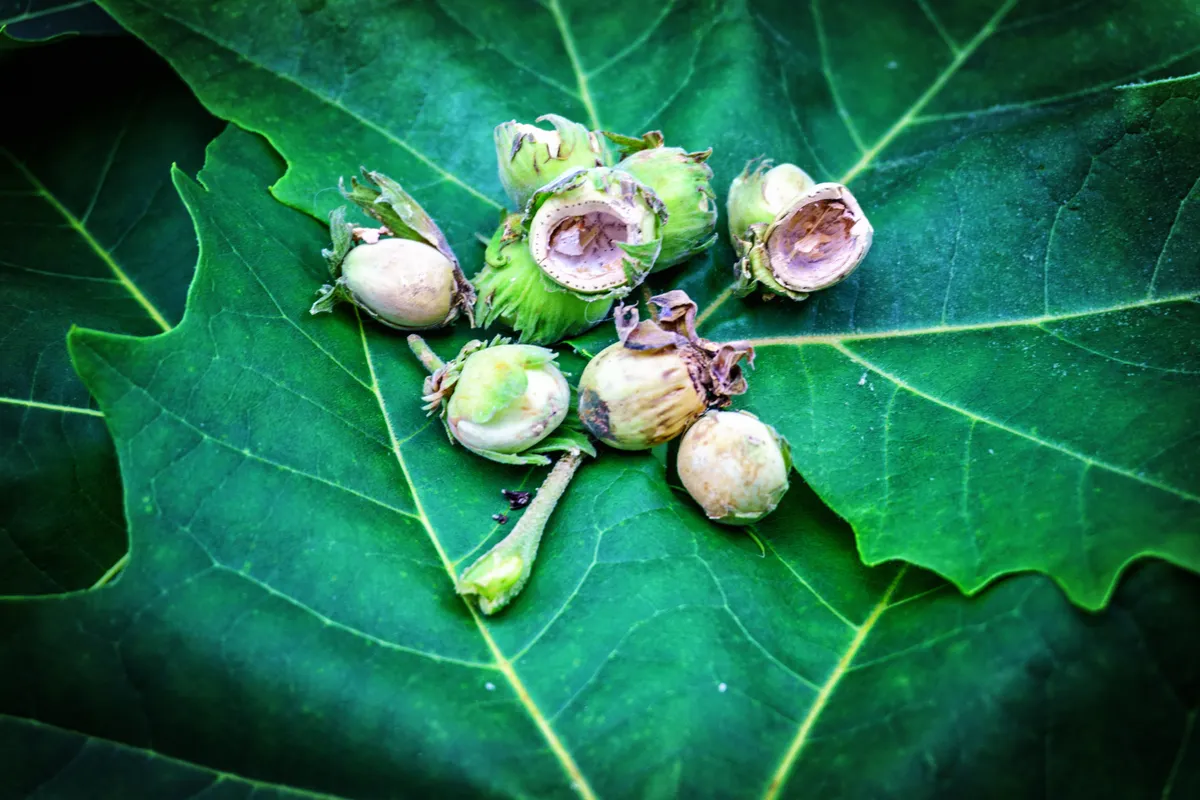
2
ACORNS, BEECH MAST AND CONKERS
Many species eat the hard-husked fruits from autumn trees.
- Mice normally start at the broad end of an acorn because it’s uneven; they leave a hole with scalloped edges showing tooth marks.
- Mice eat beech mast by gnawing away two sides so only one remains, and conkers by slowly gnawing a hole in one side.
- Nuthatches wedge mast into rough bark so they can hack at it.
- Deer skin conkers with their cheek teeth, discarding the skin and sometimes leaving it on the ground for sharp-eyed naturalists to find.
3
PINE CONES
- Red and grey squirrels eat pine cones and leave characteristic ‘cores’ and piles of stripped scales under conifer trees. It is impossible to tell the species of squirrel apart from these remains.
- Birds, such as crossbills and woodpeckers, also strip pinecones, but while the scales of cones eaten by squirrels have clean-cut edges, those made by birds are ragged where they have been pulled out.
- Woodpeckers also often jam pine cones into crevices in rough bark to make them easier to handle. They have favourite trees for this technique and piles of worked cones accumulate beneath these 'workshops'.
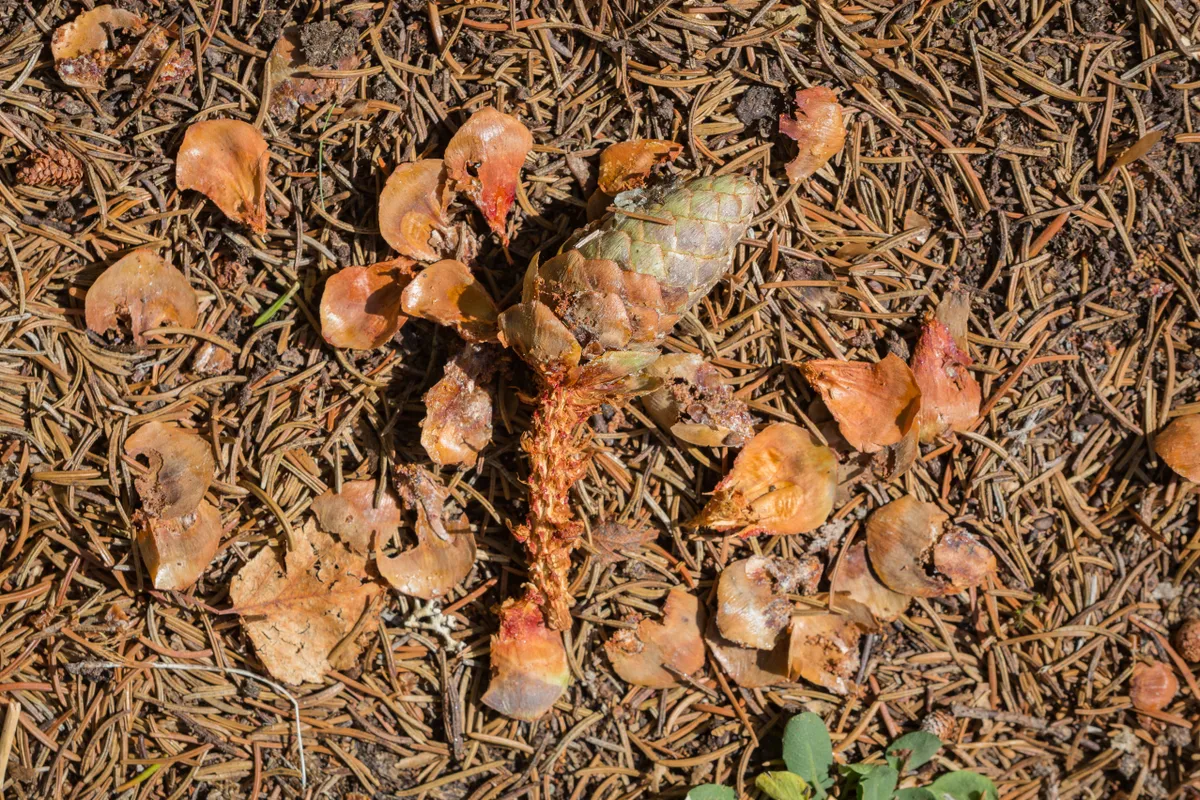
4
ROSEHIPS
- Bank voles eat the flesh of rosehips. They strip away large amounts of flesh and often leave characteristic tooth marks, which can be seen before the remains of the rosehip dry up. They leave the inner seeds.
- Mice and birds, such as finches, peck small holes in the hip to eat the inner seeds, but do not eat the flesh.
5
FUNGI
- Mice and voles leave very small, paired tooth marks.
- Squirrels leave larger bite marks and rabbits leave bite marks that are even larger again.
- Deer bite out lumps. As they only have incisor teeth in the lower jaw, tooth marks can sometimes be seen on only one side (generally lower) of the fungus.
- Birds leave ragged holes.
- Slugs leave irregular, slimy depressions in the stem.
- Squirrels also cut fungi and cache these in trees to dry.
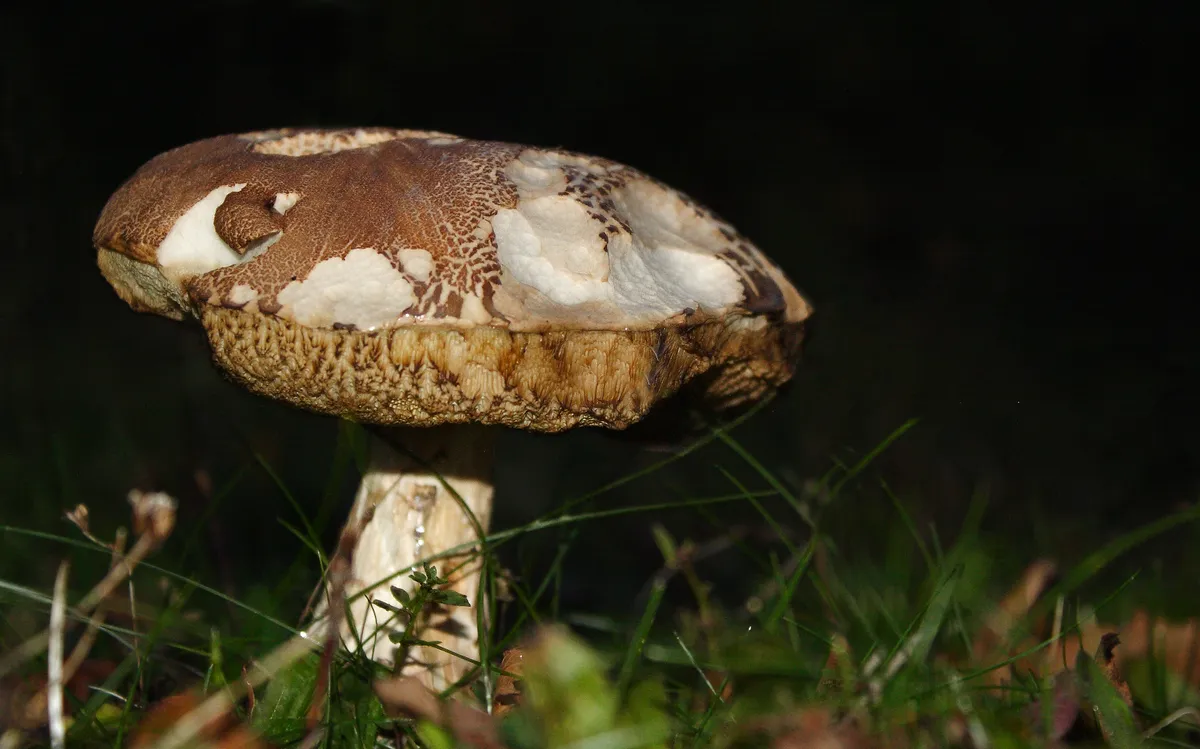
6
SEED CACHES
- Wood mice and yellow-necked mice store food underground and in sheltered feeding places, such as old bird nests.
- These food caches can contain large numbers of cherry stones, remains of hawthorn berry seeds, ash keys and hazelnuts. These all usually have a small hole gnawed in the side to extract the contents.
7
WINDFALL APPLES
- Thrushes, such as blackbirds, redwings and fieldfares, characteristically peck out the flesh of the apple through a hole in the side of the fruit, leaving just the skin. They will eat the skin as well if it’s soft or if food is short.
- Smaller peck marks will belong to a variety of birds, such as overwintering blackcaps.
- Green woodpeckers leave long, dagger-like holes in apples.
- Squirrels and deer leave similar tooth marks to those seen on fungi (see above).
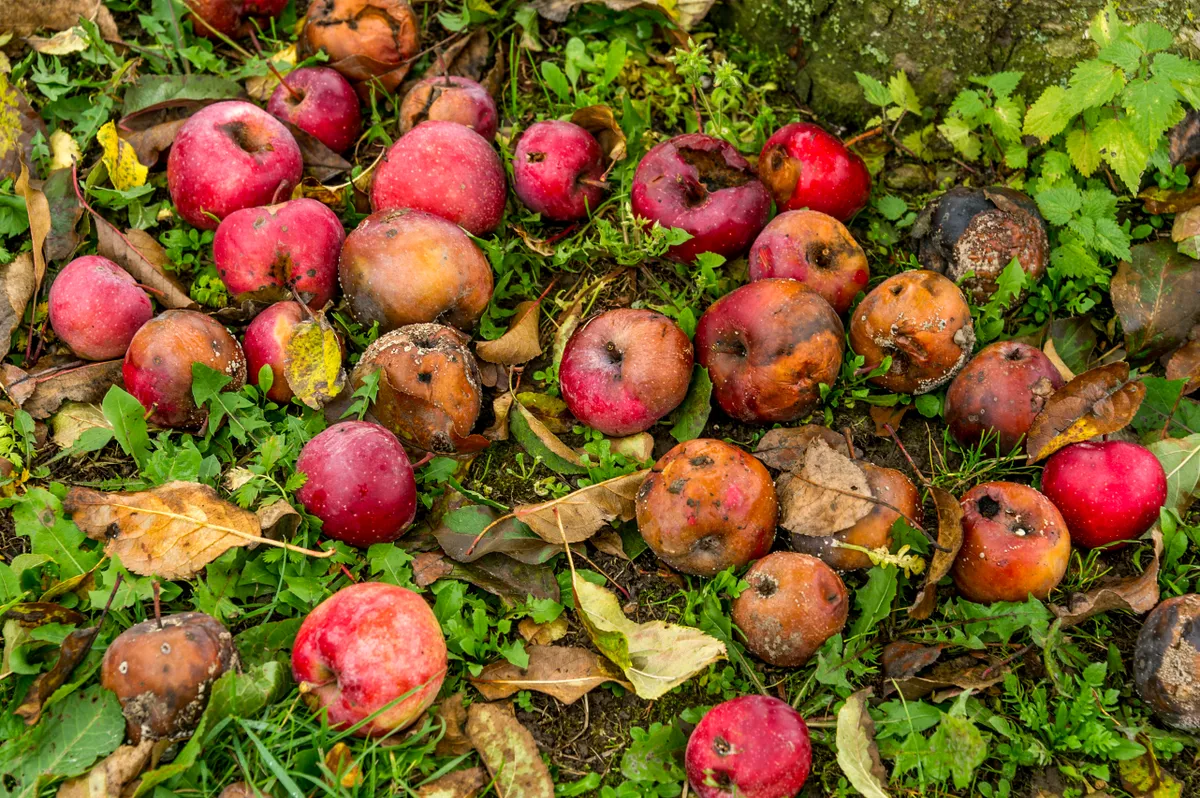
8
BADGER AND FOX DROPPINGS
- Many carnivores eat fruit in the autumn. Their droppings can be found on footpaths and along hedgerows.
- Badgers eat lots of different fruit, especially windfall apples in orchards. Their droppings can be found in shallow pits or on the surface of the ground. Slugs are often attracted to the partially digested fruit.
- Fox droppings are often full of blackberry pips but can still be recognised by their characteristic foxy odour.